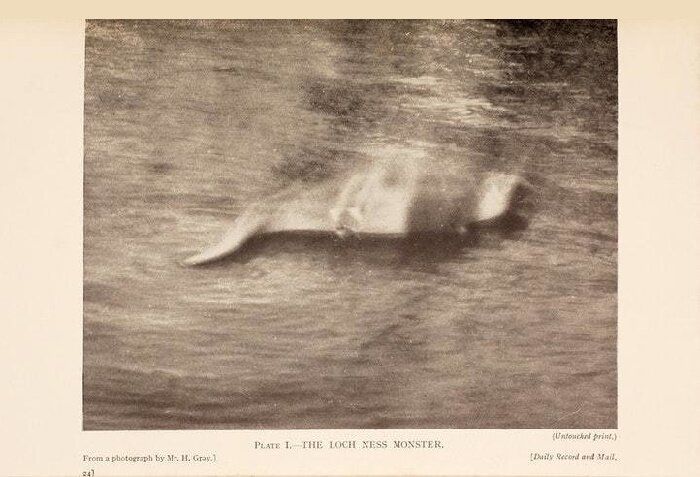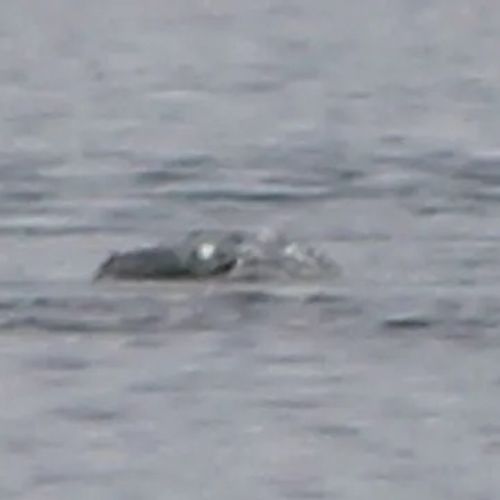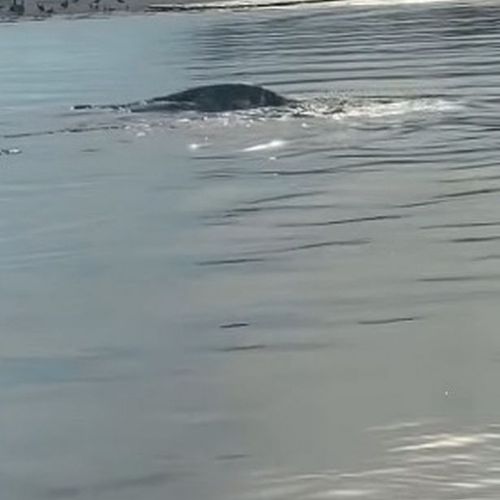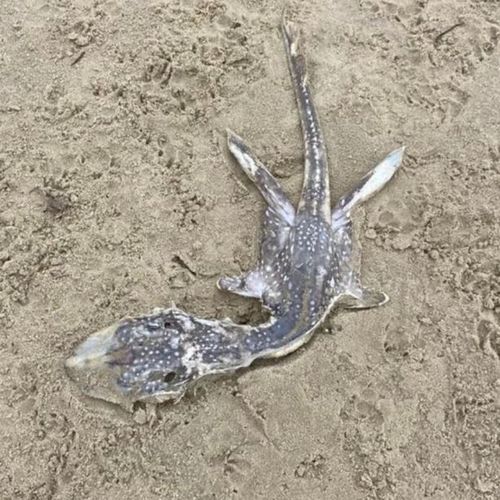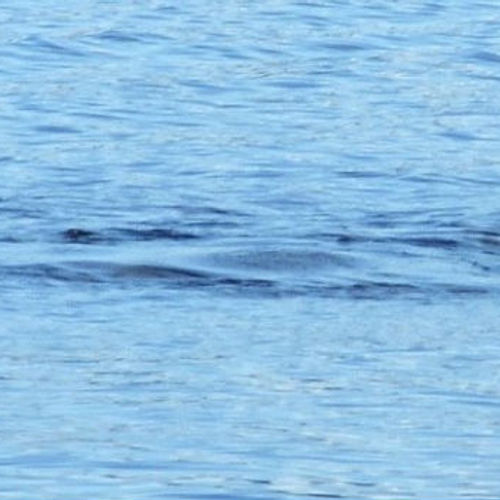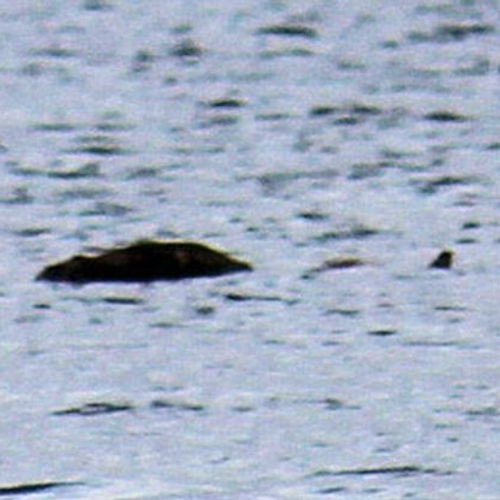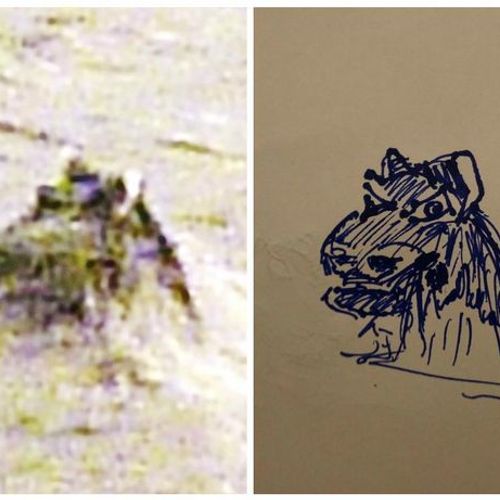| ID | #1713804059 |
| Added | Mon, 22/04/2024 |
| Author | July N. |
| Sources | |
| Phenomena | |
| Status | Investigation
|
Initial data
On November 12, 1933, the first photograph of the Loch Ness monster appeared.
That day, Foyers resident Hugh Gray photographed what he said was a creature with a large body and a long straight neck. Gray photographed the monster on a rock rising ten meters above the surface of the lake, about 1.5 kilometers from Feyers. The photo was developed only three weeks after it was taken, and then appeared along with the witness's story in the Scottish Daily Mail newspaper.
Experts' opinions about this photo turned out to be mixed. According to zoologist Professor Graham Kerr from the University of Glasgow, "as an image of a living creature, photography is unconvincing." Others have come to the conclusion that this is an animal known to science. J. R. Norman of the British Museum said that everything can be reduced to a bottle-nosed whale, a larger shark, or, finally, just a shipwreck. Other scientists have described the object in the photo as a decomposing log that was momentarily pushed to the surface by underwater gases. There is even a version that the photo shows a running dog with a stick in its mouth.
The first photograph of the Loch Ness monster, taken by Hugh Gray, 1933. / Source: The Daily Record
Hypotheses
Famous creatures
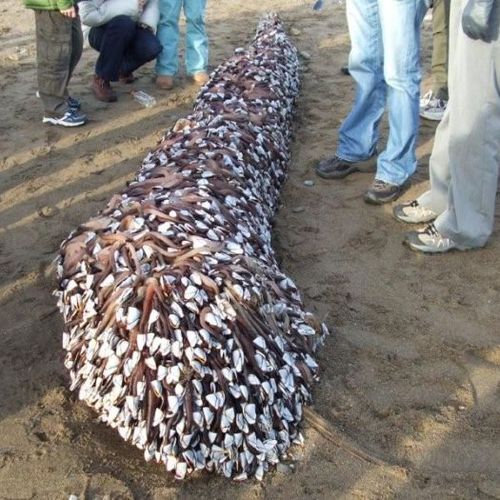
There are a huge number of different living organisms on our planet. According to recent estimates, the number of species of organisms on our planet is approximately 7-10 million. However, only 15% of the data are described today.
According to the calculations of Canadians, 2.2 million species live in the world's oceans, 6.5 million on land. There are only about 7.8 million species of animals on the planet, 611 thousand fungi, and 300 thousand plants.
Garbage
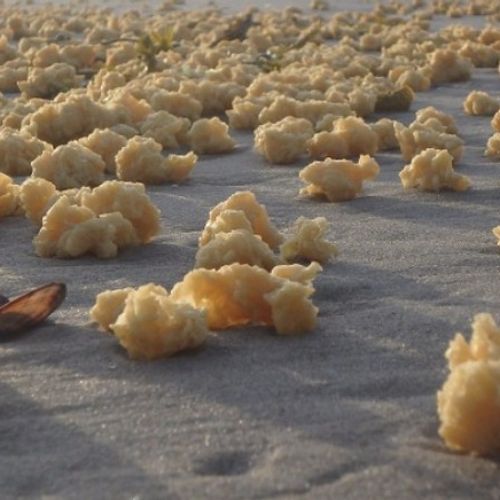
Not infrequently it happens that the trash accidentally or intentionally left by the person, may be something abnormal: signs of alien eggs alien, unknown water and land creatures, etc.. Also, this debris can enter into a chemical reactiile physical interaction with the environment. For example, to burn the grass or to form a ball.
Translated by «Yandex.Translator»
Pareidolic illusion

A variety of visual illusions (the so-called "sensory illusions additions"); is the formation of illusory images, as a basis which are the details of the real object. Thus, the vague and obscure the visual image is perceived as something distinct and defined — for example, figures of people and animals in the clouds, the image of a man on the moon, "a hidden message", audible when you reverse the audio recordings, the shadows formed by leaves or complexes of objects in certain lighting (sometimes at a certain angle).
Translated by «Yandex.Translator»
Investigation
The famous British zoologist and writer Maurice Burton, after studying the photo in 1963, came to the conclusion that Hugh Gray's picture depicted an ordinary river otter.
Resume
Similar facts
Log in or register to post comments
